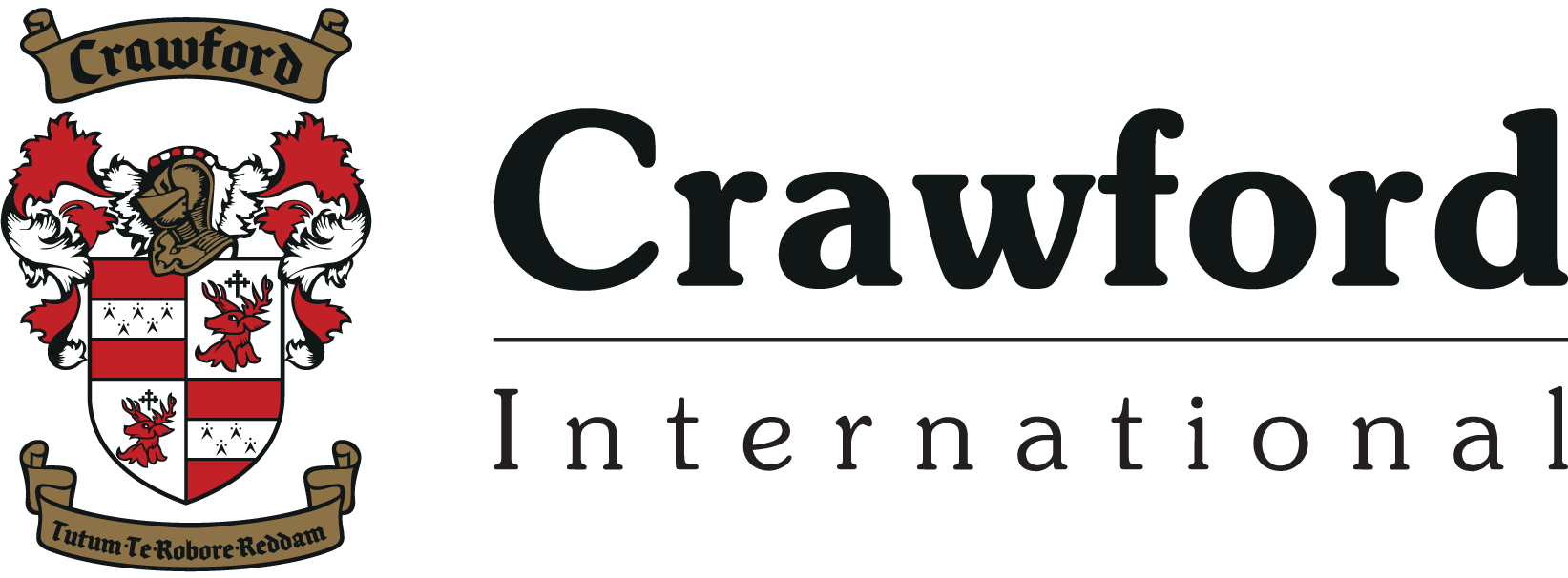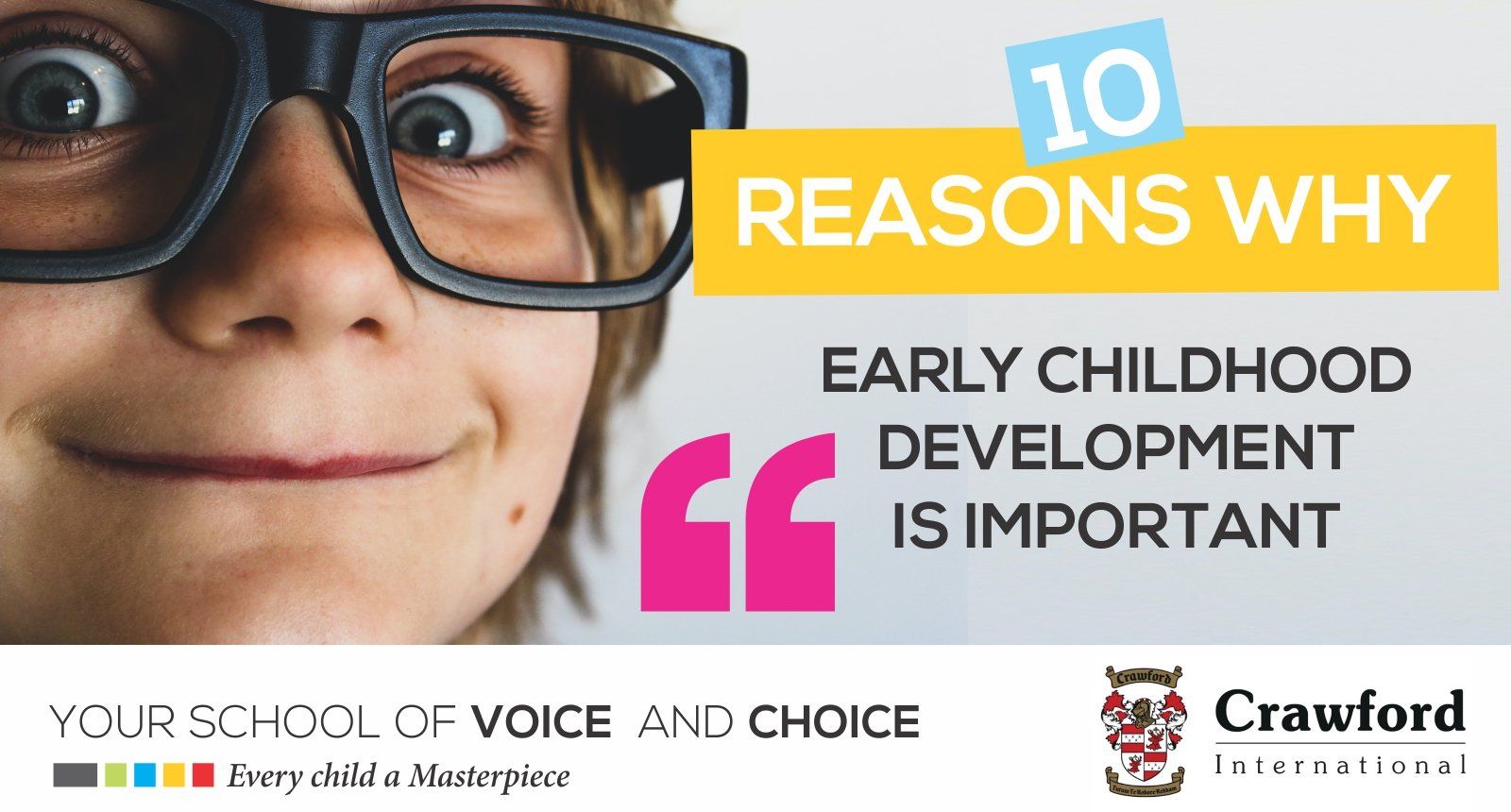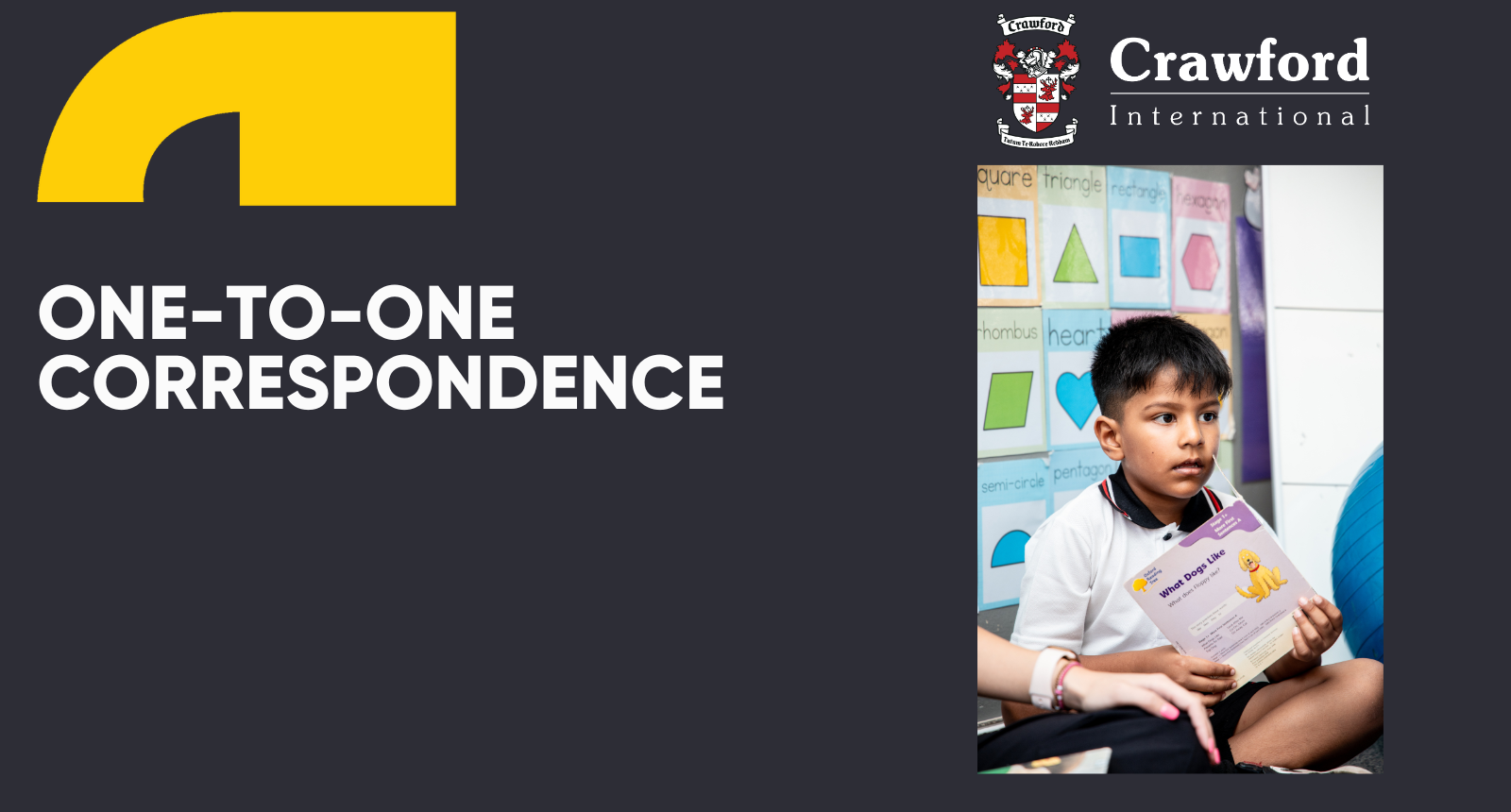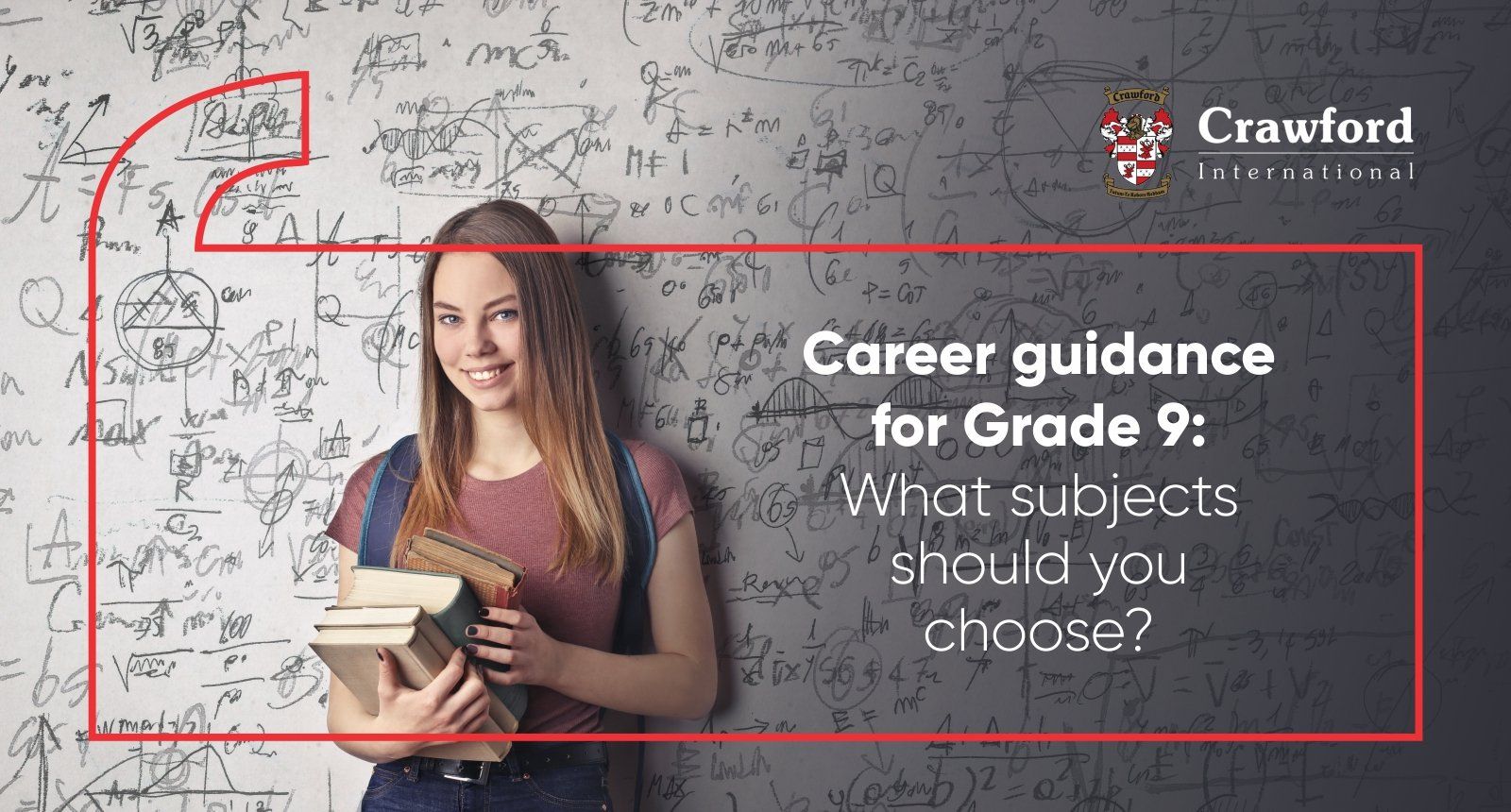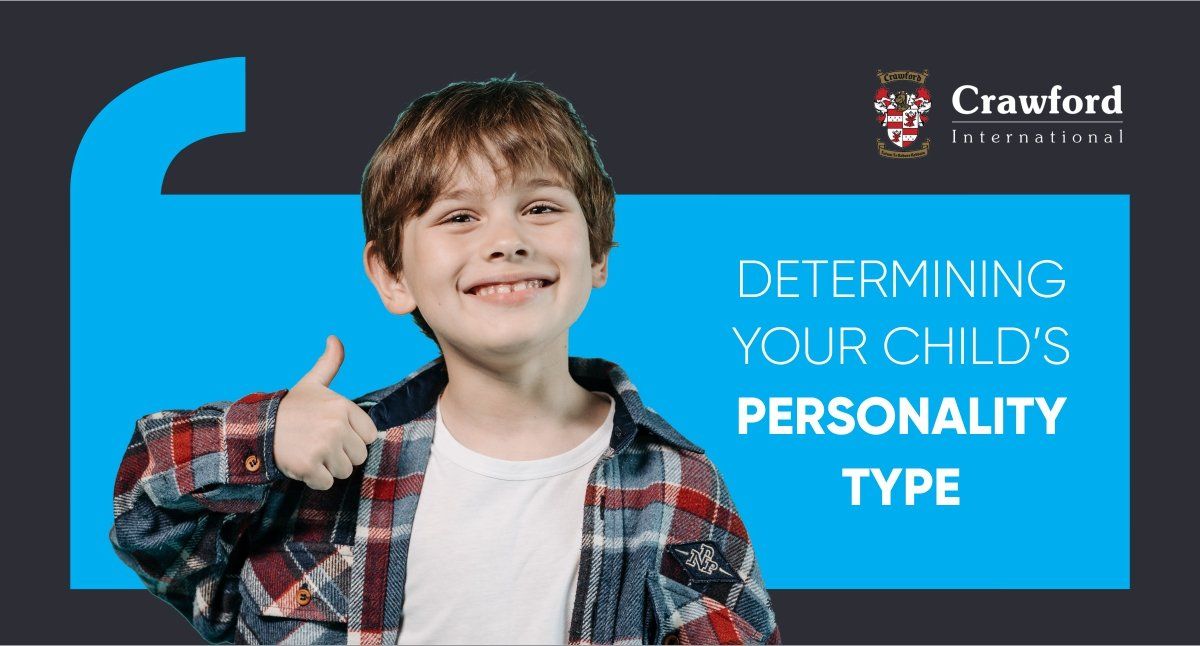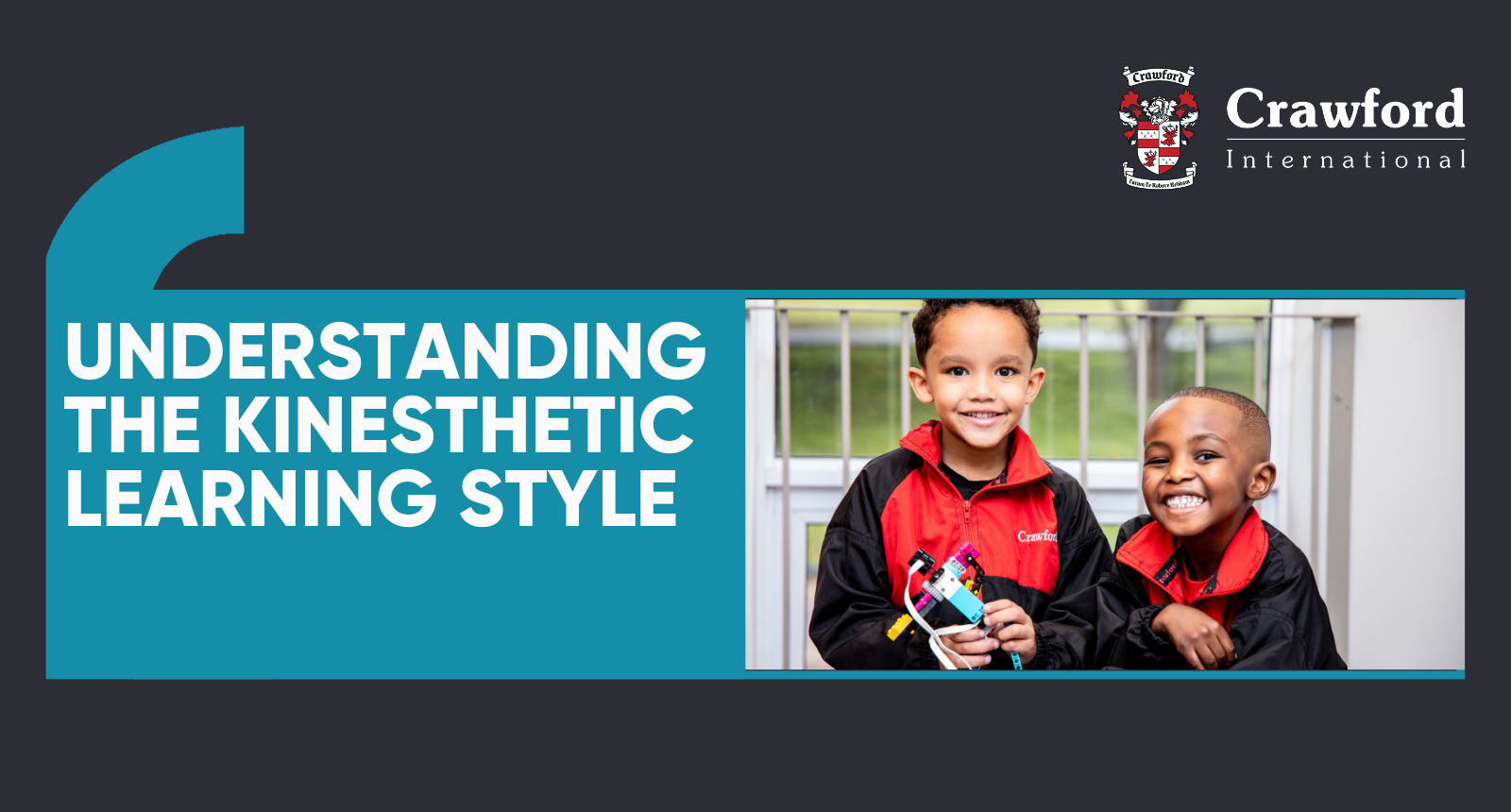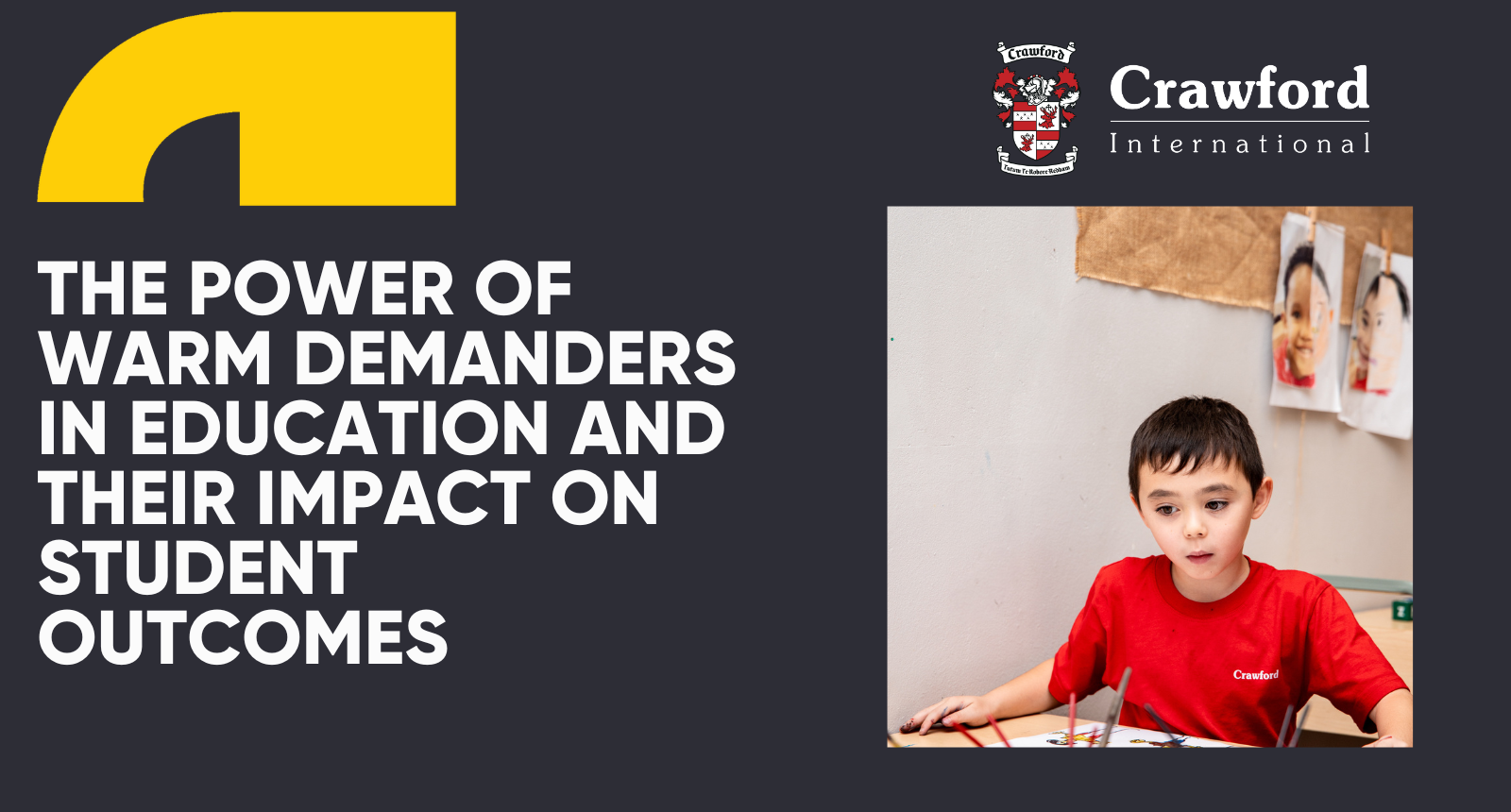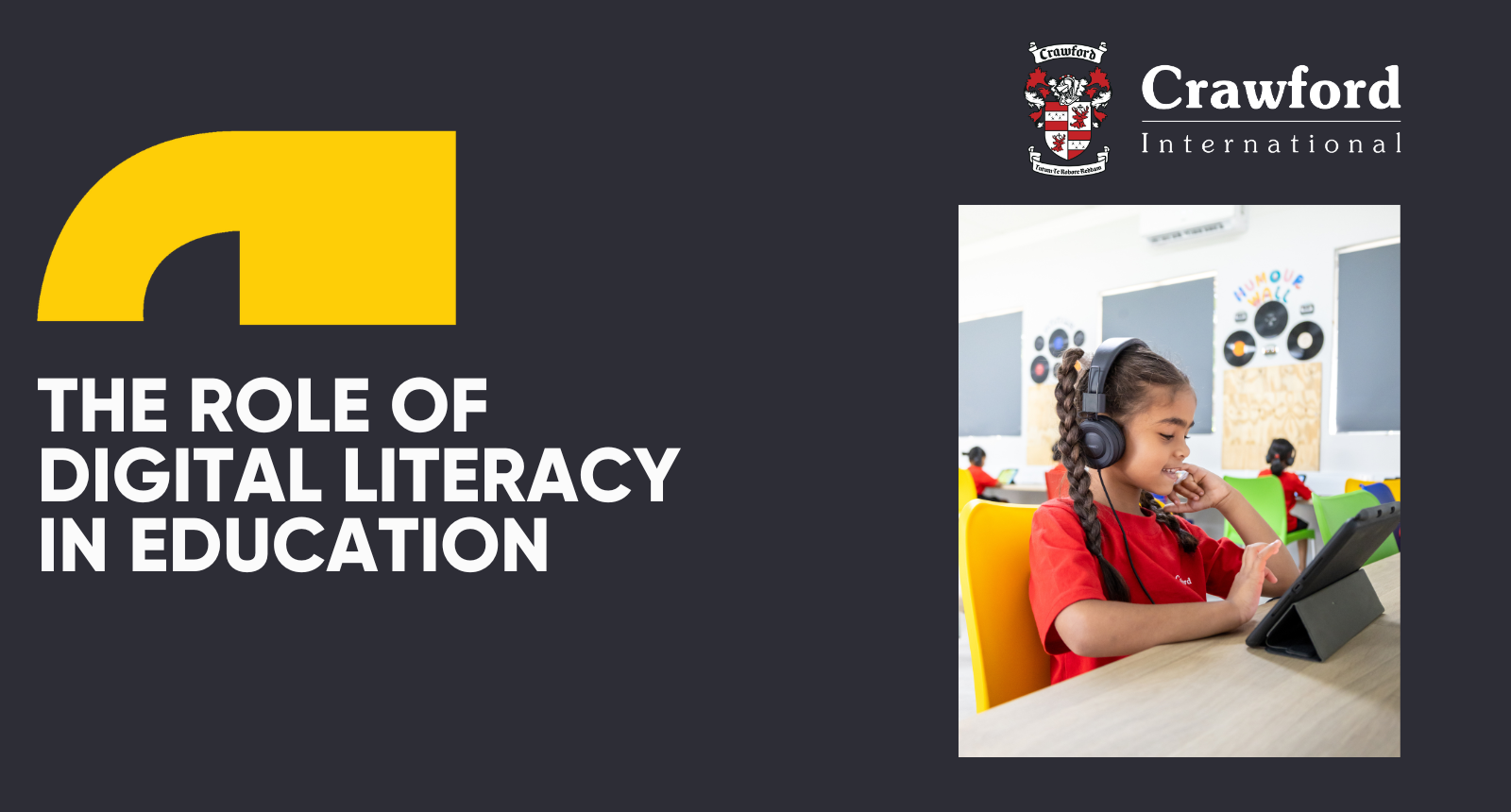Why and how cursive writing helps you learn
September 2, 2022
Here's we shouldn’t throw cursive writing out of the schoolbooks just yet, and a look at it's associated benefits.
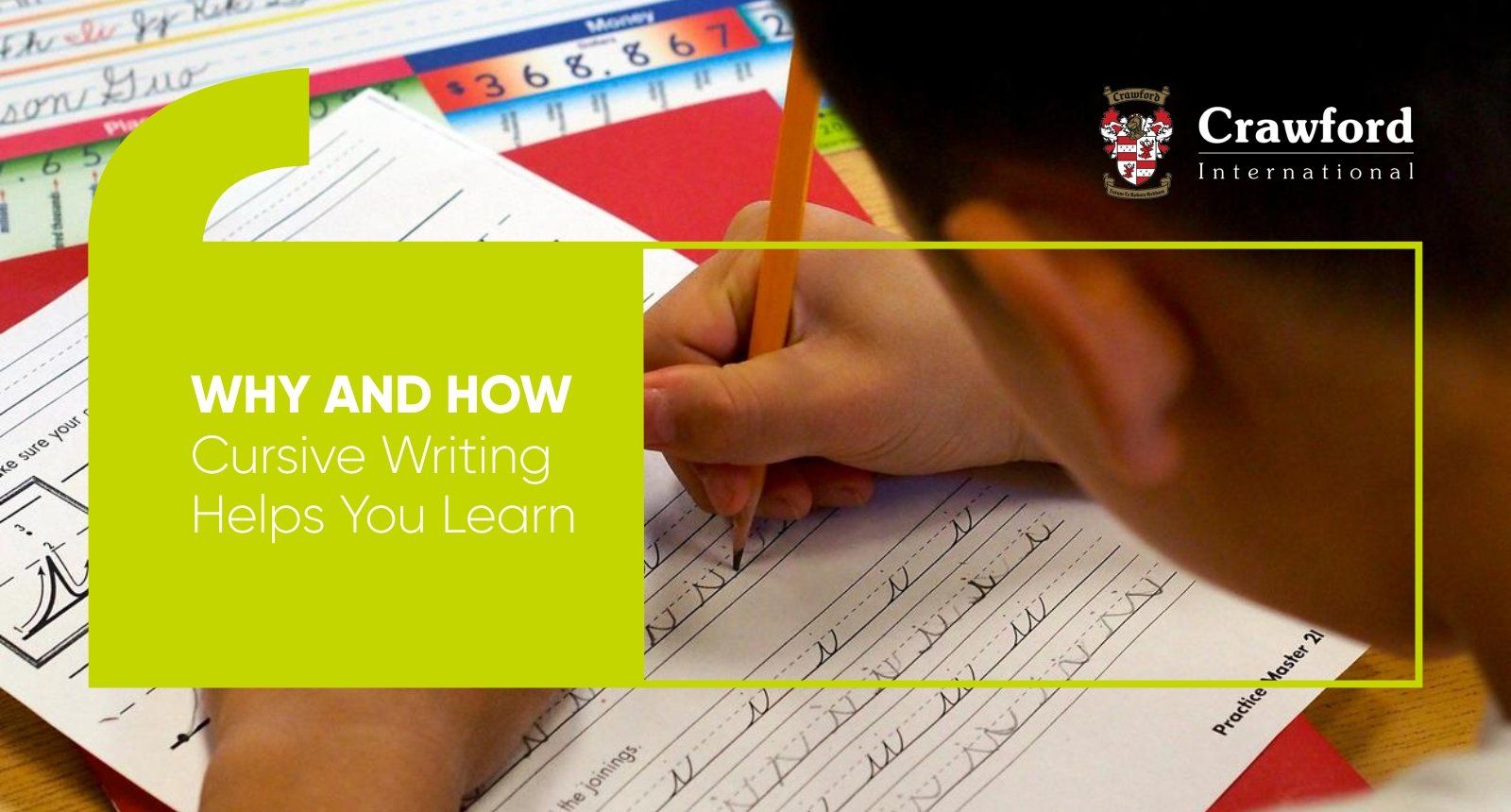
In the days of smartphones, tablets and even e-books, good old pen and paper writing is rapidly falling to the wayside – and we’re just talking about regular old handwriting here, never mind beautiful, meticulously executed calligraphic penmanship. But we shouldn’t throw cursive writing out of the schoolbooks just yet, as there are many benefits to writing in cursive.
Here are 5 reasons to teach cursive writing to our children
Typing text on a keyboard is very different from forming letters and words by hand. Cursive writing engages many parts of the mind and body, and so proves beneficial in many ways.
1. Benefits for the brain
When thinking about and forming a letter, moving the hand and seeing the letter form on paper and reading the word as you join the letters up, your child is using their body and mind in ways that stimulate the brain. The left and right hemispheres are working together dynamically, while neural pathways are built. It is the action of cursive writing itself that trains the brain to integrate and process different kinds of information. And it’s this that has many researchers saying that cursive writing can make kids smarter.
2. Fine motor skills and visual perception
Writing in cursive gives your child’s fingers a serious workout. They learn how to hold their pen or pencil, how hard to press down on the paper, and how to move fluidly as they join their letter from left to right. All the while, they are using visual cues to keep track of what letters in a word they have formed. This motor planning, spatial awareness, hand-eye coordination and fine motor exercise strengthens the sensory skills they need to perform everyday tasks, like tying shoes, reading, buttoning and fastening clothes, and more.
All of this also forms part of the reason why cursive writing is a part of many treatment plans for those with learning and visual difficulties, including dyslexia.
3. Language, spelling and reading
The sensory skills explained above are also what make cursive writing so helpful when it comes to learning how to read and write. There are so many letters that are easy to mix up when first learning to read and write. Just think of the small but vital differences in the letter ‘p’, ‘q’, ‘b’ and ‘d’. Because the letters in a word are joined together from left to right, they follow the correct sequence with sufficient space between the letters. Not only does this make it easier to read, but the continuous flowing motion reduces the chances of easily confused letters being written upside down and back to front. The muscle memory that comes from repeatedly moving the hand in fluid patterns also helps your child’s brain retain the correct spelling of words.
4. Improves memory retention
Everything that we’ve listed above make cursive writing the way to go when it comes to making study notes. The continuous flowing motion of cursive writing reduces the number of times your child lifts their pen or pencil, which encourage concentration (as opposed to the stop and start nature of print handwriting). Writing notes overall means your child needs to process the information they’re being given and then organise it on the page and express their ideas and comprehension, so they’re more likely to understand and remember that information than they would be by typing it on a keyboard.
5. Signature style
Because a signature is a unique identifying mark of one’s name, it is usually done in a person’s own cursive handwriting style. It may seem like a small reason to learn cursive, but we do still sign documents and contracts with signatures in the 21st century.
Let’s look at what cursive writing is. In block (or print) handwriting you form each letter separately, but in the cursive writing alphabet, which is also known as script handwriting and joined-up handwriting, the letters are all connected to each other as you write. Before typewriters came along, it was considered the most professional text for letter and documents. Cursive writing came about in the 17th century, where people used quills and ink to write with, and was invented as a way to make writing easier and quicker (and it meant less ink squirting all over pages and fewer broken quills).
Read more helpful Crawford International blog articles here.


